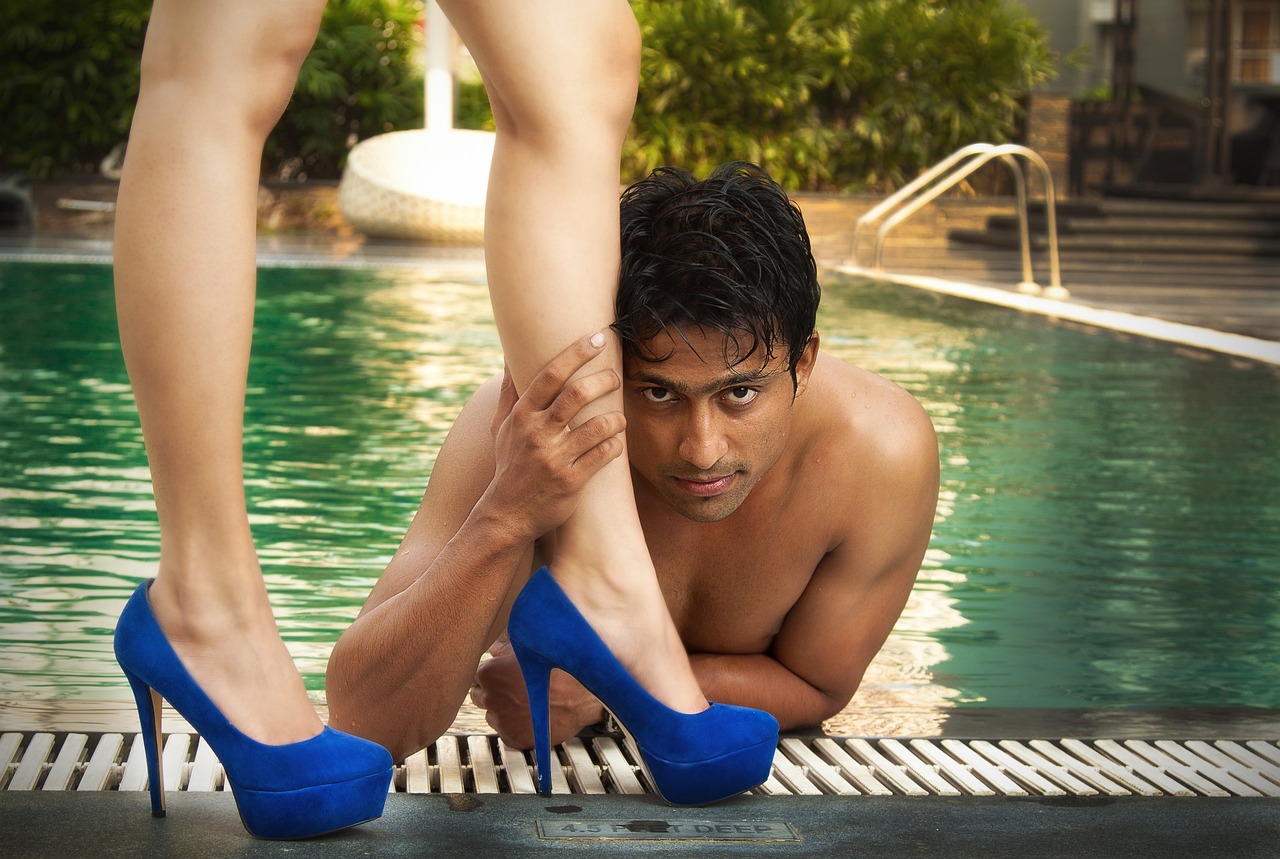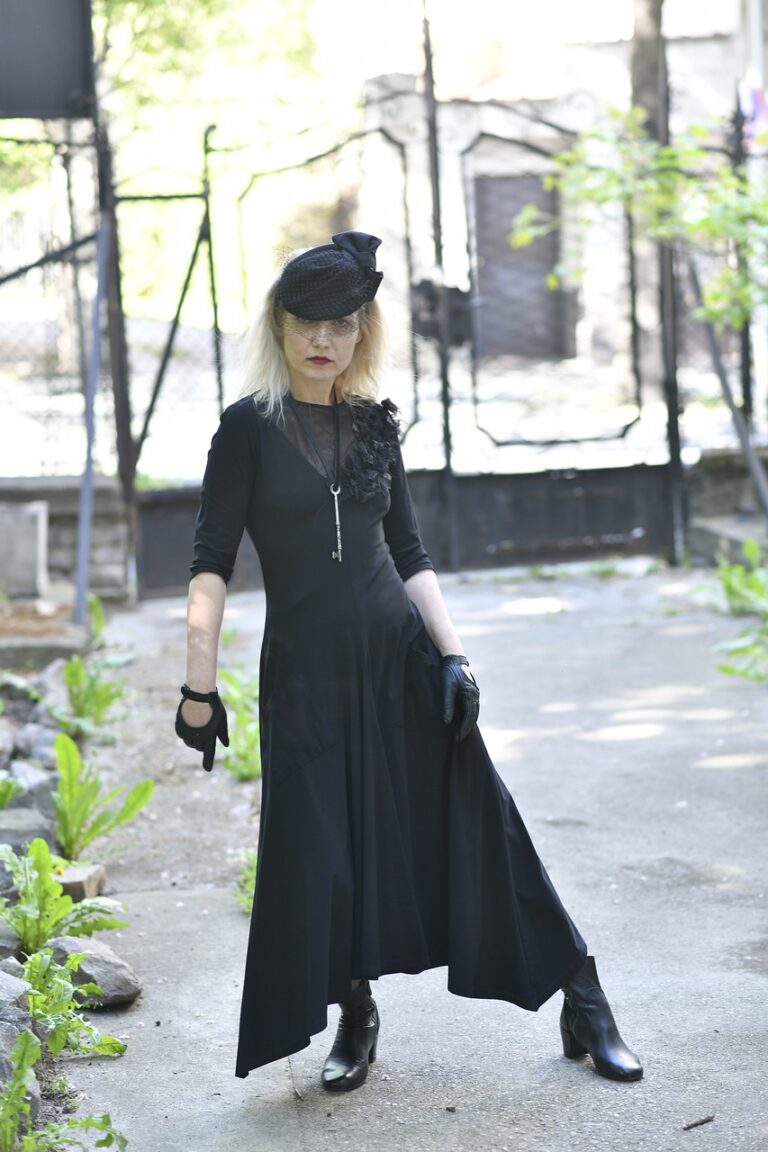Fashion Law: Intellectual Property, Copyrights, and Trademarks in the Industry
Fashion and law may seem like two entirely different worlds, but when it comes to intellectual property rights, they intersect in a significant way. In the ever-evolving fashion industry, designers, brands, and creatives need to be aware of the laws that protect their creations and innovations. From trademarks to copyrights, understanding the legal landscape of fashion is essential for protecting intellectual property and avoiding legal disputes.
Intellectual Property in Fashion
Intellectual property (IP) refers to creations of the mind, such as inventions, literary and artistic works, designs, symbols, names, and images used in commerce. In the realm of fashion, IP rights play a crucial role in protecting the unique elements that define a brand or designer’s aesthetic. Three main types of IP rights are particularly relevant to the fashion industry: copyrights, trademarks, and patents.
Copyrights in Fashion
Copyright law protects original works of authorship fixed in a tangible medium. In fashion, copyrights can apply to designs, patterns, textiles, and creative elements that are original and unique. While copyright protection does not extend to utilitarian or functional aspects of a garment, it can cover decorative or artistic elements that make a design distinctive.
Designers need to be mindful of copyright laws when creating new collections, as unauthorized copying or reproduction of protected designs can lead to legal consequences. By registering their works with the U.S. Copyright Office, fashion designers can establish a clear record of ownership and protect their creative assets from infringement.
Trademarks in Fashion
Trademarks are symbols, names, words, or devices used to identify and distinguish goods or services from those of others. In fashion, trademarks play a crucial role in branding and marketing, helping consumers associate specific designs or logos with a particular brand or designer.
Brands can register trademarks with the U.S. Patent and Trademark Office to protect their logos, brand names, and other distinctive marks from unauthorized use. By establishing a strong trademark portfolio, fashion companies can build brand recognition and prevent others from capitalizing on their reputation and goodwill.
Patents in Fashion
While patents are less common in the fashion industry compared to copyrights and trademarks, they can still play a role in protecting innovative technologies or processes used in garment production. Designers and companies can apply for design patents to protect the ornamental design of a functional item, such as a unique shoe design or handbag silhouette.
By obtaining patents for their inventions, fashion brands can prevent competitors from copying their innovative designs and gain a competitive edge in the market. However, navigating the patent process in the fashion industry can be complex, requiring a thorough understanding of intellectual property law and the specific requirements for patent protection.
Legal Challenges in Fashion Law
The intersection of fashion and law presents numerous challenges for designers, brands, and industry professionals. From counterfeiting and piracy to design theft and unauthorized use of intellectual property, fashion companies must remain vigilant in protecting their creative assets and enforcing their rights.
One of the most significant legal challenges in the fashion industry is the prevalence of knockoffs and copycat designs that infringe on established brands’ trademarks and copyrights. Counterfeiting remains a pervasive issue in the global market, costing fashion companies billions of dollars in lost revenue and damaging their reputation.
Enforcing Intellectual Property Rights
Enforcing intellectual property rights in the fashion industry requires a proactive approach to identifying and addressing infringement. Brands can take legal action against counterfeiters and infringers through cease-and-desist letters, civil lawsuits, and enforcement actions with government agencies and law enforcement.
Working with experienced intellectual property attorneys can help fashion companies navigate the complexities of IP law and develop strategies to protect their creative assets. By establishing a comprehensive IP protection program and enforcing their rights aggressively, brands can safeguard their designs and maintain their competitive position in the market.
FAQs: Fashion Law and Intellectual Property
Q: Can fashion designs be copyrighted?
A: Fashion designs can be protected by copyright law if they are original and fixed in a tangible medium. While copyright does not extend to utilitarian aspects of a garment, it can cover creative and artistic elements that make a design unique.
Q: How long does a copyright last for fashion designs?
A: Copyright protection for fashion designs lasts for the life of the author plus 70 years. After this period, the design enters the public domain and can be freely used by others.
Q: What is the difference between a trademark and a copyright?
A: Trademarks protect symbols, names, and devices used to identify and distinguish goods or services, while copyrights protect original works of authorship fixed in a tangible medium. Trademarks help consumers identify brands, while copyrights protect creative expressions.
Q: Can fashion designers patent their designs?
A: Fashion designers can apply for design patents to protect the ornamental design of a functional item, such as a unique shoe design or handbag silhouette. Design patents cover the appearance of an item rather than its utilitarian or functional aspects.
Q: How can fashion brands enforce their intellectual property rights?
A: Fashion brands can enforce their intellectual property rights through legal action against infringers, including cease-and-desist letters, civil lawsuits, and enforcement actions with government agencies. Working with IP attorneys can help brands develop a proactive strategy for protecting their creative assets.
Overall, understanding the complexities of fashion law and intellectual property rights is essential for designers, brands, and industry professionals. By staying informed about copyright, trademark, and patent laws, fashion companies can protect their creative assets and maintain a competitive edge in the dynamic and ever-changing fashion industry.







